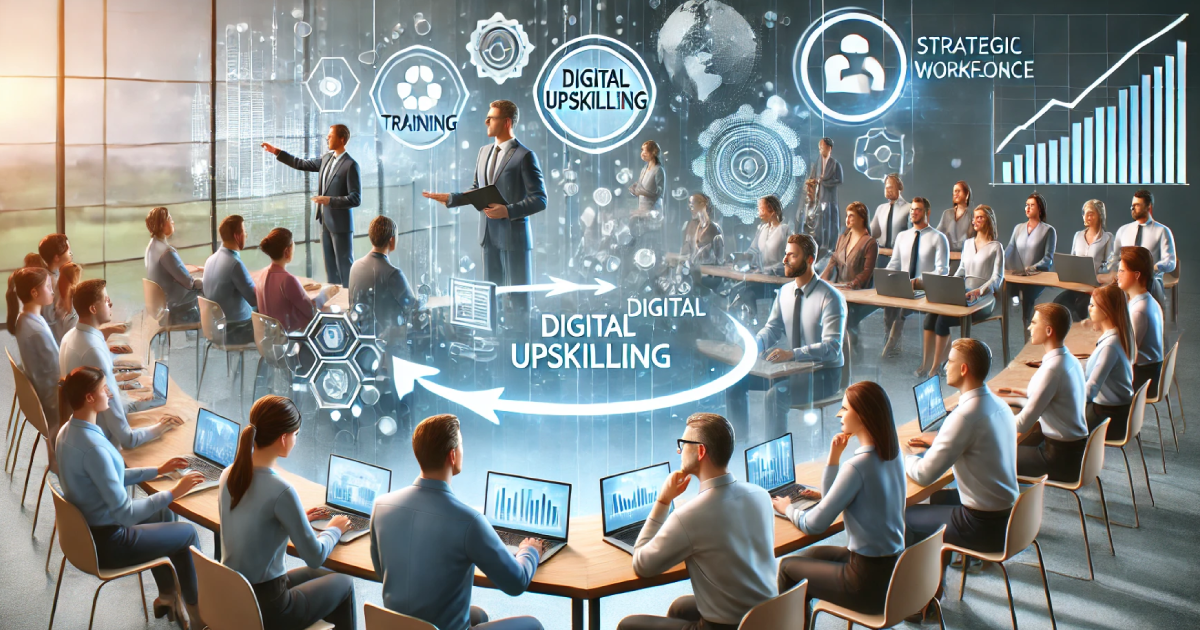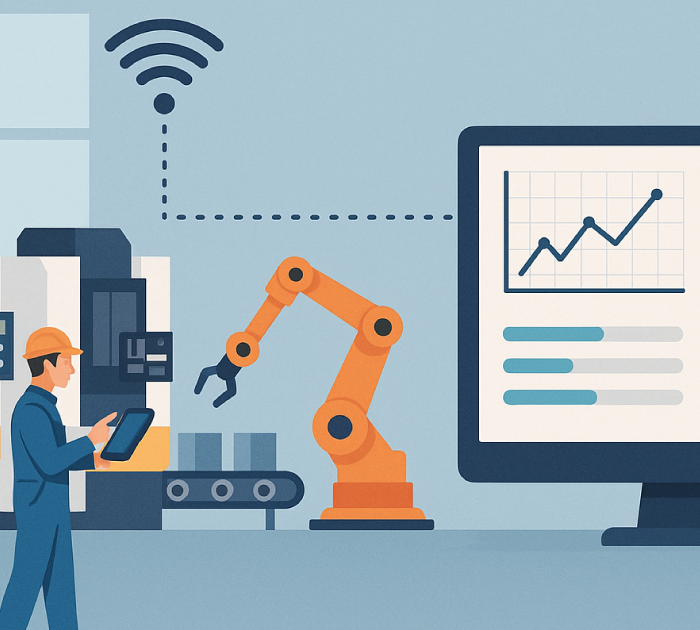Scaling a business isn’t just about bigger sales figures or advanced tech—it’s about people. After all, your employees are the ones who will handle those extra orders, use that fancy ERP system, and build relationships with new clients. Yet, in the rush to expand, it’s easy to overlook your team’s well-being and professional growth. If you want sustainable success, you’ll need strategies that ensure your people come along for the ride—without burning out or checking out.
Understanding the Human Side of Growth
Rapid expansion can be thrilling, but it also brings change. New roles, revised processes, and unfamiliar responsibilities can lead to stress or confusion. Some employees might fear their jobs will become obsolete; others might worry about being unprepared to handle new tasks. Address these concerns upfront. Acknowledge that scaling means shifting dynamics—and that you’re committed to helping everyone adapt and thrive.
Training for the Next Level
When you scale, your workflows often become more complex. Offering ongoing training ensures your staff can tackle the new challenges confidently. Options include:
- Workshops and Seminars: Focused sessions on new software, leadership skills, or compliance issues.
- Peer-to-Peer Training: Encourage your in-house experts to share skills. This builds camaraderie and leverages existing talent.
- Online Courses: Flexible, self-paced programs that let employees learn on their own schedule.
Upskilling vs. Hiring
Before you flood job boards with new listings, consider investing in your current team. Upskilling (enhancing existing employees’ skills) might cost less than recruiting, onboarding, and training fresh hires. Plus, employees appreciate companies that invest in their growth—it can boost loyalty and morale. Of course, sometimes you’ll need external hires, especially for specialized skills, but don’t overlook your in-house talent first.
Retention Through Recognition
Think beyond salary bumps. While fair compensation is crucial, recognition and career progression can be even more motivating. Shout out employees who go above and beyond, and outline clear paths for advancement. Promote from within where possible. A worker who sees a future at your company is far less likely to jump ship—especially in times of change.
Communicate, Communicate, Communicate
The rumor mill can go wild during transitions. If employees sense big changes but lack details, they might envision worst-case scenarios. Combat this by sharing updates often. Explain how new initiatives will impact day-to-day work, and invite questions. Host Q&A sessions or town halls for open discussion. When people feel informed, they also feel less anxious—and more ready to embrace change.
Create a Supportive Environment
Scaling can mean heavier workloads. Show empathy by creating support systems. If you’re introducing a new ERP, have a help desk or “tech buddy” system where employees can get quick answers. Offer flexible schedules if peak times demand more hours. Let employees know their well-being is a priority. Burnout isn’t just bad for morale; it drains productivity and can damage your brand reputation.
Encourage Collaboration
As your business grows, different departments might become siloed. Break down barriers by encouraging cross-functional projects. For example, pair a marketing team member with a sales rep to strategize a product launch. Employees who interact more know each other’s strengths, leading to better solutions and less friction.
Measuring Employee Engagement
Just as you track financial KPIs, track people metrics. Use surveys or pulse checks to gauge morale, stress levels, and satisfaction. Conduct exit interviews to find out why employees leave—this feedback can reveal hidden blind spots in your scaling approach. Having a finger on the pulse of employee sentiment helps you adjust strategies before small issues become big problems.
When to Seek Outside Help
Sometimes an external consultant or HR specialist can be a lifesaver, particularly if you’re implementing large-scale changes quickly. They can facilitate training programs, mediate conflicts, or assist with restructuring. Consider it an investment in your most valuable resource—your workforce.
A Continuous Commitment
Managing people through transitions isn’t a one-and-done task. Business environments evolve, technology advances, and employee needs shift over time. Keep listening, keep training, and keep recognizing accomplishments. By making people-focused strategies an ongoing priority, you’ll build a workforce that’s not just ready for the next stage of growth, but excited about it.
Provide training, mentorship, and clear communication about the reasons behind adopting new tools. Reassure employees that these changes aim to support, not replace, them.
Upskilling existing staff can be more cost-effective and boosts morale. However, for specialized roles or very rapid expansion, external hires might be necessary.
Often, it’s a lack of clear communication and recognition. Employees who feel uncertain about their future or unappreciated are more likely to leave.






